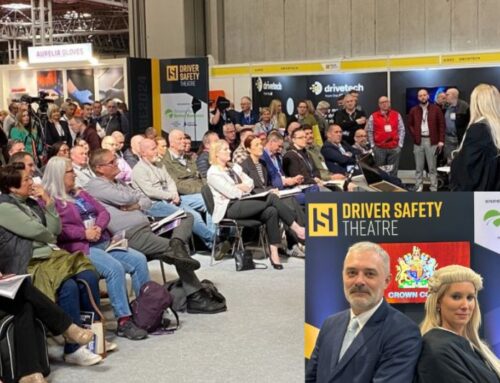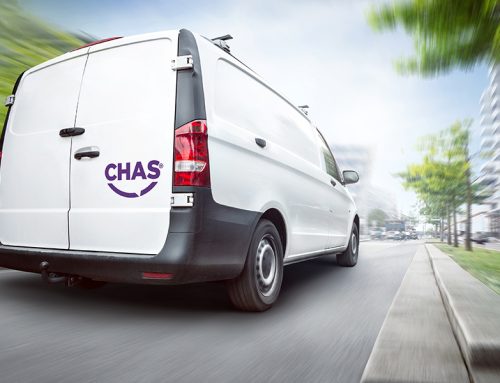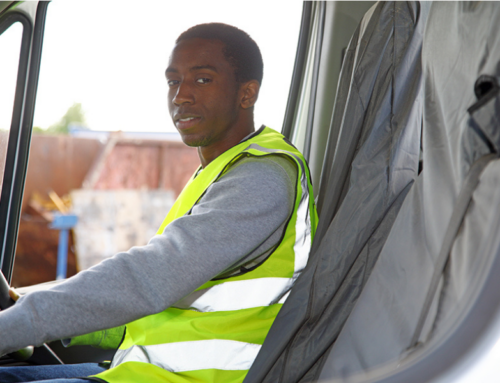Achieving Safety Buy-in, Part 2: 8 Tips to Make Your Safety Messages Unforgettable
There are lots of techniques we can use to make what we say more memorable and more effective.
- Tell a story. Stories help us connect to each other, and stay with us after the facts are forgotten.
Jim was 35. His second daughter, Alicia May, had been born three days earlier and he couldn’t stop smiling despite being pretty sleep deprived. His paternity leave wasn’t due for another six weeks so he had to go back into work. Couldn’t risk seeming flaky by calling in sick…
In just a few lines, most of us can relate to Jim, and are quickly praying his new baby will get to know her Dad and that his happiness isn’t about to be cut horribly short. Stories with named characters invite us to relate, to empathise and to imagine ourselves in their place. Give just enough detail to make your characters individuals – but also familiar.
Engaging an audience with a safety message
There are other tactics you can use to ensure safety buy-in and that your drivers are engaging with your message:
- Use ‘we’ instead of you. Inclusive language often works better than directives.
- Make it memorable. Anyone alive in the 1970s remembers ‘clunk click every trip.’ Mnemonics, catchphrases, jingles and rhymes are all great ways of embedding safety messages.
- Use juxtaposition – the deliberate collision of opposites. “If it’s dark, make things bright!” “10 minutes late is better than 20 years early.”
- Make messages simple, repetitive and positive. These are the qualities safety messaging needs to inspire compliance. “Stay home. Stay safe. Save lives.” This COVID messaging achieved astounding rates of public compliance. It tells us what to do and why in three beats. Note the repetition and then the contrast: Stay – Stay- Save. A similar technique is used on public transport: “See it. Say it. Sorted.”
- Paint a picture. Visual messages are very powerful. The average British adult has an age 10 literacy level, and one in six adults are functionally illiterate. Many employees have English as a second language. Moreover, emojis and icons dominate the social interactions of anyone under 35. #ProjectPictogram is one way in which road safety messages are continually reinforced through recurrent imagery.
- Incorporate messaging throughout the organisation and its workflow. Put reminders on walls, vehicles and around loading bays.
- Give staff practice. There is a reason that pianists, soldiers and dancers do the same exercises thousands of times. It’s because our brain entrenches well used patterns in their own synaptic pathways. Have routines for vehicle maintenance, and standard driving activities.
In the final part of our blog on messaging next week, we’ll talk about follow through, and how crucial it is that you:
And recognise success.
Read part 1 of this series on achieving safety buy-in from your drivers here.






